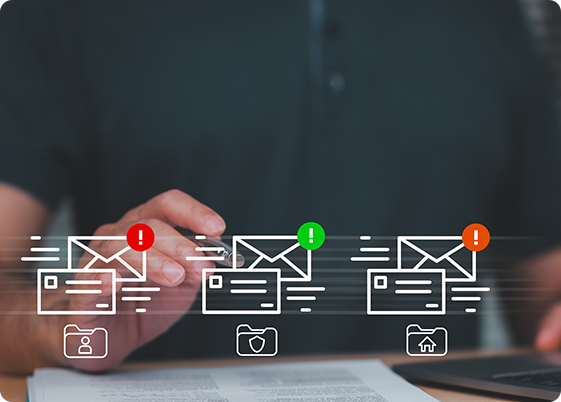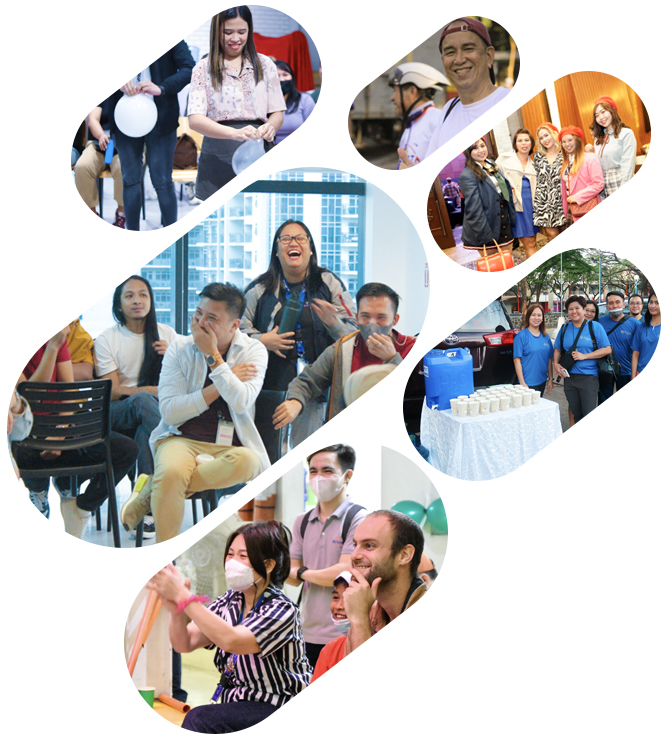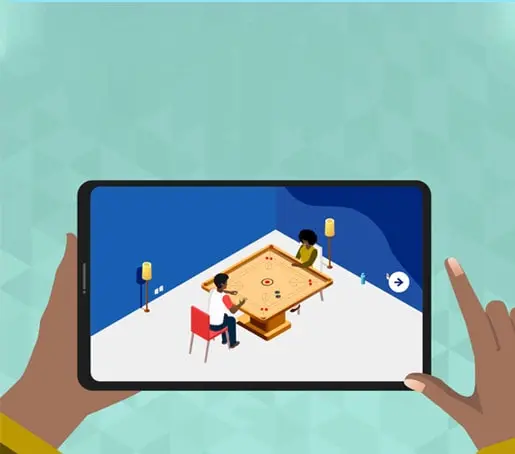
A good work-life balance can feel like a luxury rather than a necessity in today's busy world. But many more people are learning that they may experience exhaustion, frequent illness, and career stagnation without one.
If you want to improve your life balance, this guide provides simple strategies you can implement today. You can use them whether you work from one place full-time or manage a side hustle.
Let's examine the best ways to improve work-life balance for employees, boost productivity, accomplish more, and enjoy a more fulfilling professional and personal life.
Best Ways to Improve Your Work-Life Balance Now
You don’t need to overhaul your life to improve your work-life balance. Often, it’s the small, intentional changes that make the most significant difference. These are 10 tips for a better work-life balance.

1. Set Clear Boundaries Between Work and Personal Life
One of the best ways to improve work-life balance is to draw firm lines between your work and personal time. This can be difficult in the new world, where many work from home.
Tips to improve work-life balance through boundary-setting:
- Set clear rules for when your workday begins and ends.
- Use separate devices or accounts for work and personal tasks when possible.
- Communicate your working hours clearly to colleagues and clients.
These practices help prevent mental exhaustion and signal to others that you value your time. This is particularly relevant for remote employees or those in customer service roles in the Philippines, where flexible arrangements are increasingly common.

2. Prioritize Your Tasks Effectively
Stress levels rise rapidly when your to-do list outweighs your available time. That’s why task prioritization is a key time management strategy, especially for customer service professionals and others in high-stress roles.
Utilize tools such as the Eisenhower Matrix or Time Blocking to:
- Determine urgent vs. essential tasks
- Schedule dedicated time for concentrated work
- Steer clear of multitasking, which tends to decrease quality and escalate tension
If you're overwhelmed, delegate or automate lower-priority tasks whenever possible.
3. Embrace Flexible Work Arrangements
Flexible schedules or hybrid models are among the top strategies for improving work-life balance. If your position permits, consider discussing flexible options with your manager. Some flexible work options you can explore include:
- Remote work arrangements
- Flexible work schedules
- Compressed workweeks
Coordinating work time with your energy levels and family obligations can increase productivity and diminish stress. Organizations that provide such flexibility tend to improve worker retention and satisfaction—something to remember when searching for jobs or a promotion.

4. Schedule Regular Breaks
Your brain and body aren't built to function continuously. Taking regular, deliberate breaks during your workday is one of the most straightforward steps to improve work-life balance.
Experiment with the Pomodoro method (25 minutes of focused work, 5-minute break) or book 10-minute walks each hour. Regular breaks help you:
- Minimizing eye fatigue
- Recharging focus and imagination
- Avoiding mental burnout
Take this moment to stretch, breathe, or meditate—being away from your desk is enough to recalibrate your energy.
5. Practice Self-Compassion
When was the last time you showed kindness to yourself?
Self-compassion is a simple practice that can make a huge difference and improve your work-life balance by taking the internal pressure off. Remember that it's alright:
- Not to be productive every minute
- To tell another person no to additional tasks
- To have a mental health day
Burnout often results from unrealistic expectations. Being kind to yourself and managing your expectations can significantly reduce stress.

6. Plan Your Time Off in Advance
Waiting until you’re completely burned out to take a vacation is too late. Scheduling downtime proactively is an effective strategy for improving work-life balance.
Whether it’s a weekend getaway or a staycation:
- Block it off your calendar months in advance
- Avoid scheduling meetings close to your time off
- Fully disconnect (if possible) to truly recharge
Planning prevents guilt and encourages you actually to take your days off. You’ve earned your time off—use it to recharge and return refreshed.
7. Engage in Physical Activity
Exercise is good for the body and the mind. Research indicates frequent physical activity improves mood, reduces anxiety, and enhances thinking.
Adding exercise to your daily routine can help you create a better work-life balance by:
- Helping create a mental break from work
- Providing more energy during the day
- Enhancing sleep quality
Even short activities like a morning walk or a 15-minute session can significantly impact.
8. Unplug from Technology
Technology keeps us connected, but overuse can blur the lines between work and personal time.
Tips to unplug successfully:
- Don't check emails outside working hours
- Utilize app timers or screen time limitations
- Experiment with "tech-free" zones or hours at home
Digital boundaries are essential, particularly in remote or hybrid jobs. By restricting digital distractions, you create space for rest and real-world connection.
9. Seek Support When Needed
You don't have to do it all alone. Whether you're feeling overwhelmed, stuck, or unsure how to balance things, asking for help is not a sign of weakness—it’s smart.
Support can come from:
- Supervisors or HR for discussing the workload
- Mentors or career coaches to offer strategic guidance
- Mental well-being therapists or counselors
Accessing learning resources is another way to support your career and reduce stress. If you want to upskill for career growth, leverage professional development resources that can simplify your work and enrich your career. Investigate these other resources to inform your development.
10. Reflect and Adjust Regularly
Lastly, balance isn't a temporary solution. Your work conditions, priorities, and needs will change—and so must your strategy.
Get in the habit of:
- Checking in on yourself once a week or a month
- Determining what's draining versus what's energizing you
- Rebalancing your boundaries, routines, or objectives accordingly
Flexibility and self-reflection are your greatest assets. Ongoing reflection is one of the most sustainable ways to maintain a healthy work-life balance.
Final Thoughts
Work-life balance isn’t a fixed state—it’s a dynamic, ongoing process. Work and life exist on a continuum, constantly shifting based on your priorities. If you consciously set realistic goals for your time, energy, and expectations and take realistic steps to achieve them, you will find some time to improve your work-life balance and quality of life.
If you’re seeking new opportunities that support well-being, explore flexible roles in industries known for balance, such as customer service jobs. Browse current openings here: Customer Service Jobs – HGS Philippines.
Frequently Asked Questions (FAQs)
What are some common myths about work-life balance?
That it means equal hours for work and personal life, or that achieving it once means it lasts forever—it's actually about ongoing prioritization and flexibility.
What are the biggest challenges to achieving work-life balance?
Unclear boundaries, excessive workloads, digital distractions, and the pressure to always be "on" are key challenges.
Can hobbies and passions help with work-life balance?
Absolutely. They reduce stress, boost creativity, and provide a sense of fulfillment beyond work.
Why is work-life balance important?
It supports mental and physical health, improves productivity, and improves overall life satisfaction.
 Philippines
Philippines Canada
Canada Colombia
Colombia India
India Jamaica
Jamaica UK
UK US
US SA
SA



